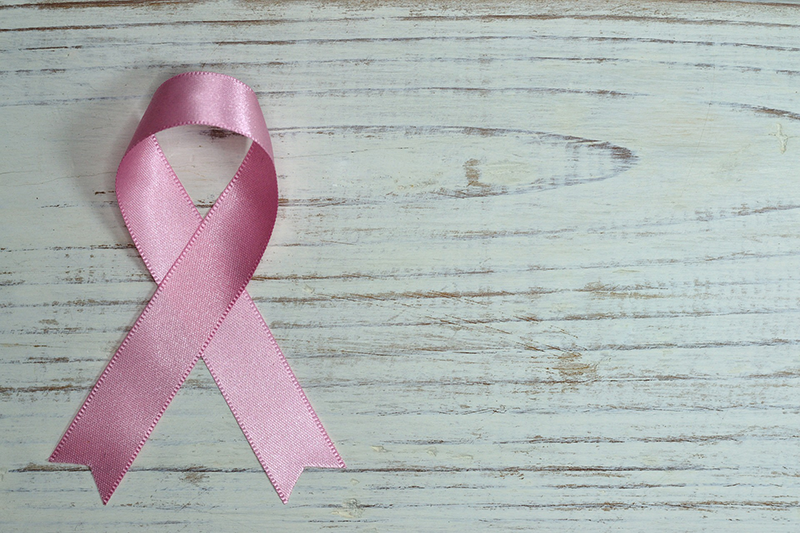
How Light Therapy Can Alleviate Cancer Pain
Light Therapy and Cancer
As some of you may already know, Light Therapy is a safe and effective way to treat pain by treating the underlying problem at the source and healing the tissue at the cellular level. For a more robust discussion see our Light Therapy and Pain Blog . The central issue for us is: How does Light Therapy work with cancer? The scientific and medical communities feel that there is not enough evidence to support the idea that Light Therapy can help cancer directly , but there is plenty of evidence that it can help indirectly . One of the ways that it can help is by alleviating side-effects of cancer treatments. In fact, one side-effect of chemotherapy and radiotherapy is oral mucositis. This unfortunate side effect of aggressive cancer treatment prevents folks from being able to eat because of the intense pain that is associated with this condition . Essentially, oral mucositis is a painful inflammatory condition that results in ulcers in the oral cavity (i.e. the mouth) . Light Therapy (also known as photobiomodulation for a robust discussion see the PBMT Blog ) is already accepted and paid for by a number of insurance companies for oral mucositis . As research into this fantastic area of non-invasive treatment continues Light Therapy will certainly obtain more health insurance coverage.
What Evidence Exist?
The main evidence surrounding beneficial effects of Light Therapy for cancer patients circles around increasing quality of life, increasing treatment effectiveness (e.g. cancer treatment efficacy), and indirectly halting cancer progression. In one notable study, Light Therapy was applied to patients who were suffering from oral mucositis due to radiotherapy and chemotherapy . Over the course of 46 days, folks suffering from the side effects of cancer therapy received daily treatments of Light Therapy, by shining the Light onto the inside of their mouths . When statistically compared to similar patients who did not receive Light Therapy after a 41 month follow up, the Light Therapy group had a better response to the cancer treatment and they had a better progression-free survival; meaning that the cancer did not get worse for those who received Light Therapy . The researchers hypothesized that due to pain relief and pain management. Importantly, the light healed the oral mucosa tissues at the cellular level and the cancer patients receiving Light Therapy were able to eat and hydrate more and therefore were better able to tolerate the cancer treatments; allowing the treatments to be more efficacious . Additionally, these folks had less complications like renal failure, further allowing cancer treatment to be more effective . Interestingly, the Light Therapy group was able to use less destructive opioids, this was most likely due to the pain alleviating effect of Light Therapy . The evidence clearly demonstrates that the resiliency of the body was increased in the folks who received Light Therapy, this allowed the side-effect prone cancer medications to better do their jobs, which results in better patient outcomes.
Other Cancers in which Light Therapy Evidence Suggest Complementary Medicine:
- Reduction of Breast Cancer Lymphedema (BCRL) - decreasing the amount of swelling in limbs and pain .
- Chemotherapy Induced Alopecia (Hairloss) - it can increase hair regrowth for those patients who have lost hair due to cancer treatment medication .
- Esophageal Cancer - it has been shown to decrease post-operative complications and increase survival rate .
What Does The Future Hold for Light Therapy and Cancer?
Light Therapy is approved for Oral Mucositis (a side-effect of cancer therapies), which allows patients to take advantage of a side-effect reduced intervention, these are hard to find. The clinical evidence clearly demonstrates that Light Therapy can be helpful in combating and alleviating unwanted, and sometimes critical, side-effects of some cancer therapies (e.g. chemotherapy and radiotherapy). The common thread between the evidence highlighted above is that Light Therapy helps the body become more resilient so that it can tolerate the main medications and surgical interventions that are the standard of care in cancer medicine today. As researchers keep investigating how Light Therapy can help with other cancer types, we will learn more. Notably, the clinical and Light Therapy community are eager to learn how Light Therapy can directly help cancer patients, not by necessarily limiting Light Therapy treatment to side effects, but rather directly applying Light Therapy to cancer itself. Researchers are unsure about what exactly happens, but remain hopeful in this regard.